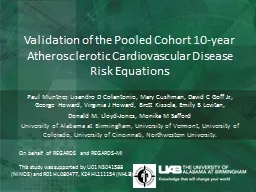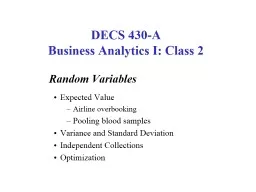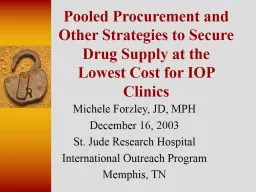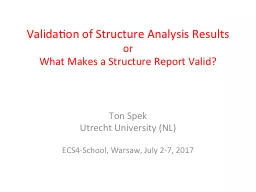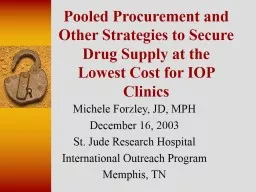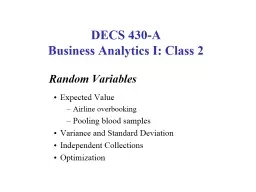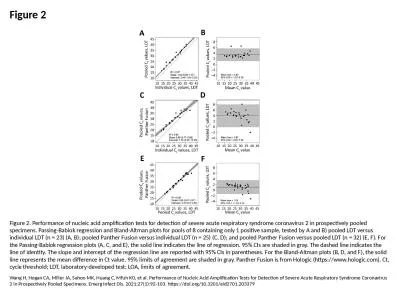PPT-Validation of the Pooled
Author : ellena-manuel | Published Date : 2020-04-03
Cohort 10year Atherosclerotic Cardiovascular Disease Risk Equations Paul Muntner Lisandro D Colantonio Mary Cushman David C Goff Jr George Howard Virginia
Presentation Embed Code
Download Presentation
Download Presentation The PPT/PDF document " Validation of the Pooled " is the property of its rightful owner. Permission is granted to download and print the materials on this website for personal, non-commercial use only, and to display it on your personal computer provided you do not modify the materials and that you retain all copyright notices contained in the materials. By downloading content from our website, you accept the terms of this agreement.
Validation of the Pooled : Transcript
Download Rules Of Document
" Validation of the Pooled "The content belongs to its owner. You may download and print it for personal use, without modification, and keep all copyright notices. By downloading, you agree to these terms.
Related Documents

